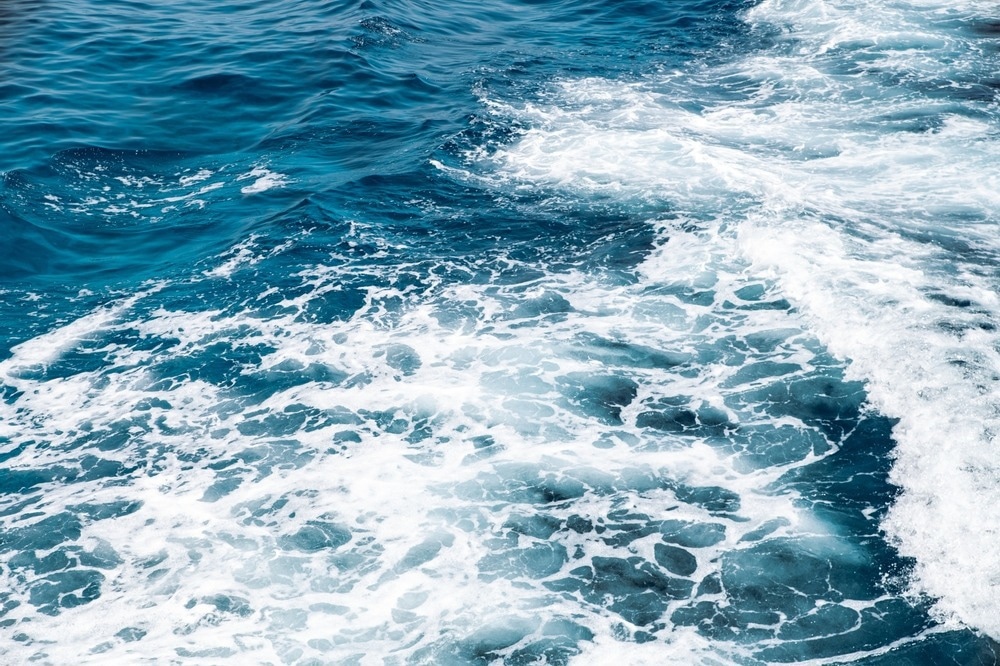Clay-based 2D nanofluidics are potential candidates for boosting the practical implementation of osmotic energy harvesting because they are inexpensive and easy to prepare on a large scale. However, they typically suffer from inadequate ion selectivity and low mechanical strength.

Study: Nanofiber-reinforced clay-based 2D nanofluidics for highly efficient osmotic energy harvesting. Image Credit: David Prado Perucha/ Shutterstock.com
In research published in the journal Nano Energy, a nanofiber strengthening technique is suggested to overcome these two major problems with nanofiber-reinforced clay-based 2D nanofluidics to achieve extremely effective results.
An Introduction to Osmotic Energy
One of the most critical global issues when tackling the fossil fuel crisis and environmental pollution has been the pursuit of clean and renewable energy. Blue energy, abundant in nature, can be found in rivers and oceans. Due to its highly effective and pure electric power supply, energy obtained from the salinity difference between freshwater and salt through osmosis is a potential blue energy source.
The reverse electrodialysis (RED) technique, which relies heavily on an ion selective membrane (ISM), is generally used to capture this energy. The ISM could specifically conduct individual ions (anions or cations) and generate net ion current under the transmembrane salinity gradient as the main component for harvesting blue energy.
The ion flux and ion selectivity of the ISM define the energy yield. Due to the configuration of the nanofluidic membrane, which is based on surplus surface charges and dense nanochannels, which leads to robust ion selectivity as well as high ion flux, new opportunities for producing ideal ISMs have recently arisen.
Two-Dimensional Nanofluidics for Harvesting Osmotic Energy
The stacking of two-dimensional (2D) nanosheets makes it relatively simpler to produce greater quantities of membranes with nanoconfined channels and functional modifications.
2D nanofluidic membranes have received increasing attention in the application of harvesting energy produced by osmosis as a result.
Graphene oxide and MXenes are the two most often used 2D materials for 2D nanofluidics fabrication. Despite having exceptional ion selectivity, their practical uses are limited by the complicated and expensive material manufacturing or stripping procedure.
Therefore, it is preferable to broaden the selection of economic 2D raw materials and establish feasible and easy preparation or stripping techniques to achieve mass production of 2D nanofluidics to obtain the desired output.
Limitations of Clay-based 2D Nanofluidics and How to Improve Them
Clay-based nanosheet is a strong candidate for creating 2D nanofluidic membranes because of its low cost, simple preparation method and abundant raw materials. More crucially, when 2D nanofluidics is incorporated, the naturally electrified clay substrate makes it simple to obtain ion selectivity.
Even though they can be used in blue energy harvesting systems, nanofiber-reinforced 2D nanofluidic membranes based on clay consistently have low ion selectivity and poor mechanical performance. From here onwards, an appropriate change of the functional moiety is required to enhance the fundamental functionality of such nanofluidics towards highly effective power harvesting.
Many researchers have recently produced a variety of high-performance 2D nanofluidics (BN, GO, MXene) strengthened with nanofibers like Kevlar and cellulose. The intercalated alteration of nanofibers considerably improved the mechanical power of 2D nanofluidic membranes, providing benefits for applications utilizing energy obtained through osmosis.
Additionally, the charged groups on the nanofibers would boost the charge density in the 2D nanofluidics' nanoconfined region, improving the ion selectivity and hence the output of osmotic energy. Thus, it is anticipated that nanofibrous strengthening will enhance the fundamental ability of nanofiber-reinforced clay-based 2D nanofluidics toward highly effective and large-scale harvesting of osmotic energy.
Key Findings of the Study
In this study, a strong 2D nanofluidic membrane based on clay with nanofiber reinforcement was produced for the first time to successfully harvest osmotic energy. The mechanical power of the MMT lamellar membrane, whose Young's modulus was found to be almost three orders of magnitude greater than pure MMT membrane, was significantly increased by the intercalation of ANFs.
The addition of negatively charged ANFs also boosted the surplus charge density within the 2D nanofluidic channels, resulting in a better cation selectivity for highly effective osmotic energy harvesting.
The systems for osmotic energy harvesting could generate an effective energy output of 5.16 Wm-2 in KCl system with the salinity difference between river and sea, based on such well-designed 2D nanofluidics. The performance of energy conversion was noticeably superior to all previously reported nanofiber-based clay 2D nanofluidics.
The ANF-reinforced MMT nanofluidics could generate a steady and significant amount of power output in a variety of settings, including those with extreme pH scales, fluctuating temperatures, and natural salinity gradients.
The ANF-reinforced MMT nanofluidics showed excellent potential for practical applications in the large-scale harvesting of osmotic energy in conjunction with characteristics including simple preparation and low cost. It is expected that the design approach presented in this work will be applied to different clay materials to produce improved performance 2D nanofluidics.
Reference
Qin, R., Tang, J. et al. (2022). Nanofiber-reinforced clay-based 2D nanofluidics for highly efficient osmotic energy harvesting. Nano Energy. Available at: https://doi.org/10.1016/j.nanoen.2022.107526
Disclaimer: The views expressed here are those of the author expressed in their private capacity and do not necessarily represent the views of AZoM.com Limited T/A AZoNetwork the owner and operator of this website. This disclaimer forms part of the Terms and conditions of use of this website.